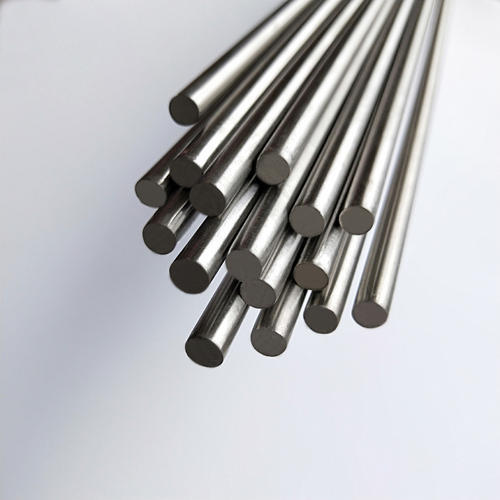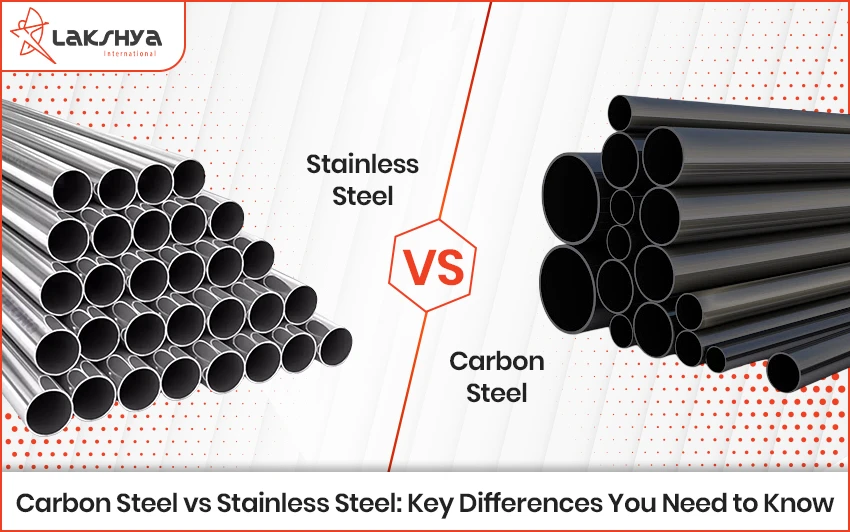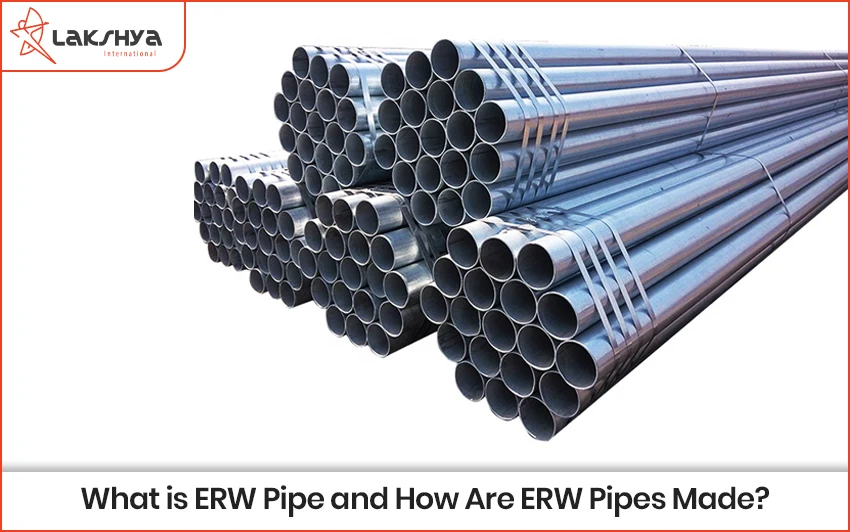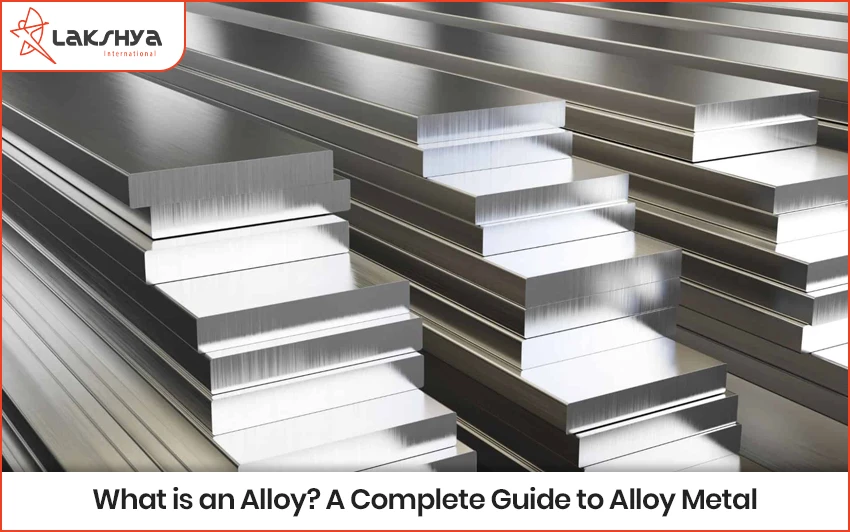Differences between Nimonic 75 and Nimonic 80 A are as follows
Nimonic 75 Introduction
Nimonic 75 / Alloy 75 is a Nickel-Chromium Alloy with excellent performance characteristics. Nimonic 75 has good mechanical properties, low creep, and high temperature oxidation resistance. Titanium is one of the most important factors in increasing the overall strength of the alloy.
Nimonic 80A Introduction
Nimonic 80a is a nickel chromium alloy that hardens with age. This alloy is created through precipitation hardening with titanium and aluminium additions. Alloy 80a has excellent corrosion resistance as well as high tensile and creep rupture properties. It is also resistant to oxidation.
Differences in Chemical Composition of Nimonic 75 and Nimonic 80 A
Nimonic 75
| Elements | Min | Max |
| Carbon | 0.080 | 0.150 |
| Chromium | 18.000 | 21.000 |
| Silicon | ——– | 1.000 |
| Copper | ——– | 0.500 |
| Iron | ——– | 5.000 |
| Manganese | ——– | 1.000 |
| Titanium | 0.200 | 0.600 |
| Nickel | remainder | remainder |
Nimonic 80 A
| Elements | Min | Max |
| Carbon | 0.080 | 0.150 |
| Chromium | 18.000 | 21.000 |
| Silicon | ——– | 1.000 |
| Copper | ——– | 0.200 |
| Iron | ——– | 3.000 |
| Manganese | ——– | 1.000 |
| Titanium | 1.800 | 2.700 |
| Aluminium | 1.000 | 1.800 |
| Cobalt | ——– | 2.000 |
| Boron | ——– | 0.008 |
| Zirconium | ——– | 0.150 |
| Lead | ——– | 0.0025 |
| Sulphur | ——– | 0.015 |
| Nickel | ——– | remainder |
Heat Treatment of 75
To achieve the desired results, these high strength alloys can be heat treated and cooled in air. Nimonic 75 can also be strain hardened if high tensile strength is required. Annealing at 1050°C (1920°F) should be followed by air cooling.
Heat Treatment of 80A
To achieve the desired results, these high strength alloys can be heat treated and cooled in air. Annealing at 1040°C (1904°F) should be followed by water quenching or air cooling for Nimonic 80a.
Working Instructions of Nimonic 75 and Nimonic 80A
Hot Working of Nimonic 75 : Nimonic 75 can be hot worked at temperatures ranging from 1220°C. to 950°C.
Hot Working of Nimonic 80A : Nimonic 80a can be hot worked at temperatures ranging from 1050 to 1200°C (1920 to 2190°F).
Forging of Nimonic 75 : Nimonic alloys can be forged at their respective allowable hot working temperatures, then heat treated to produce forgings, forged fittings, flanges, rings, discs, blocks, and so on.
Forging of Nimonic 80A : Nimonic alloys can be forged at their respective allowable hot working temperatures, then heat treated to produce forgings, forged fittings, flanges, rings, discs, blocks, and so on.
Cold working of Nimonic 75 : Nimonic alloys can be cold worked before being properly annealed. When subjected to a rapid strain hardening process, Nimonic 75 allows for greater reduction ratios without rupture.
Cold working of Nimonic 80A : Standard tooling can be used to cold work nimonic alloys, while alloy tool steels and high-speed steels produce good results.
Welding of Nimonic 75 : Before welding, the material should be annealed, though a small amount of cold work is acceptable. Nimonic alloys can be welded using MMA, TIG, and MIG welding techniques.
Welding of Nimonic 80A : NIMONIC alloy 80A sheet can be joined using any of the resistance welding processes; however, welding should be done on solution-treated material. Nimonic alloys can be welded using MMA, TIG, and MIG welding techniques.
Manufactured Product Forms of Nimonic 75
Round Bars Plate, Sheet, Strip Pipes & Tubes, Forgings, Wire Rods, Fittings, Fasteners, Filler Metal, Component Parts, Flanges
Manufactured Product Forms of Nimonic 80 A
Round Bars, Plate, Sheet, Strip, Pipes & Tubes, Forgings, Wire Rods, Fittings, Fasteners, Filler, Metal, Component Parts, Flanges
Relevant Specifiactions of Nimonic 75 A
BS HR 5, BS HR 504, BS HR 203, BS HR 403, DIN 17752, DIN 17750, DIN 17742, DIN 17751
Relevant Specifiactions of Nimonic 80 A
BS 3076 & HR 1, BS HR 201, BS HR 401, ASTM B 637, BS HR 601, DIN 17742,
Certifications & other Compliance of Nimonic 75
Nimonic 75 products are certified in accordance with En 10204 Type 3.1 Certificate as well as 3.2 with third party inspection. Products that comply with Nace Mr0175 are also available.
Certifications & other Compliance of Nimonic 80A
Nimonic 80a products are certified in accordance with En 10204 Type 3.1 Certificate as well as 3.2 with third party inspection. Products that comply with Nace Mr0175 are also available.
Applications & Industries of Nimonic 75
Aerospace Industry, High Temperature Springs, Thermal Processing Equipments, Industrial furnace structural parts, Heat treatment equipments.
Applications & Industries of Nimonic 80A
Aerospace Industry, High Temperature Springs, Thermal Processing Equipments, Industrial furnace structural parts, Heat treatment equipments.
Contact us for Nimonic Products and different types of Construction Materials.




